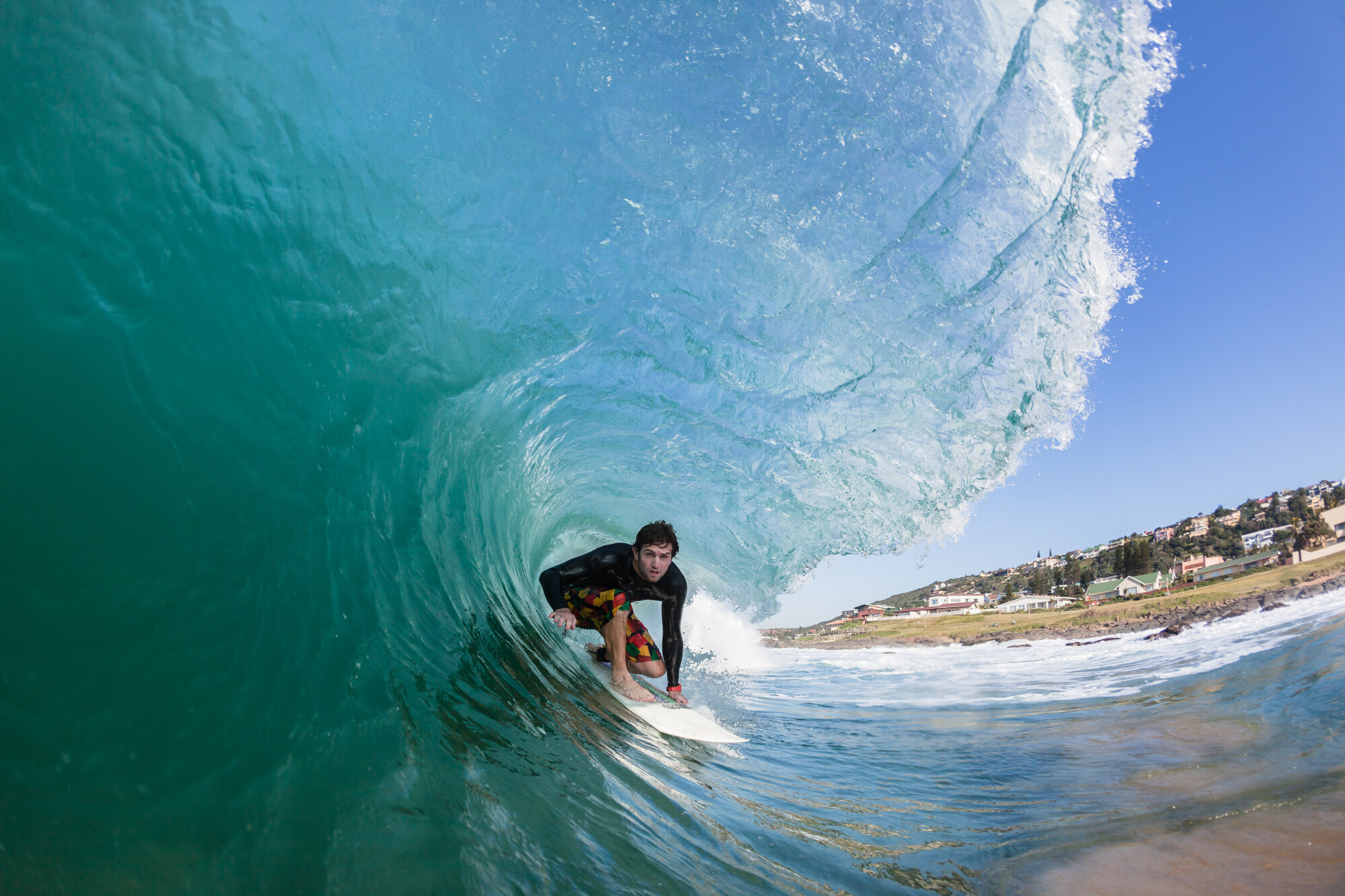
Surfer rides hollow blue ocean wave tube ride , closeup water photo
Did you know that the surfing apparel and accessory market was valued at 1.23 billion dollars in 2020 and is still expected to expand?
Surfing is the oldest sport in the world that is still engaging and enjoyable for people today. Despite modern lifestyles and methods of travel, everyone dreams of one day catching a wave to glide over the water.
Like any activity, learning how to surf is a process that requires both patience and practice. If you’ve dreamed of riding the waves but feel intimidated by surfing due to its sheer difficulty, take a deep breath.
Surfing doesn’t have to be complicated or hard to learn. Read on to discover how to catch your first wave by learning how to surf on your own.
Pick the Right Surfboard
To surf, you need the right surfboard. Consider the conditions you’ll be surfing in.
If you’re a beginner, choose a surfboard that’s easy to paddle and a rash guard men and women can use. But if you’re an experienced surfer, go for a more performance-oriented surfboard.
Second, you need to consider your physical attributes.
If you’re a big person, you’ll need a bigger surfboard. If you’re a small person, you’ll need a smaller surfboard.
Lastly, consider your budget. Surfboards can range in price from a few hundred dollars to a few thousand dollars. Once you’ve considered all of these factors, you’ll also need other surfing gear such as a rash guard, wax, and a leash.
Choose the Best Waves
In learning to surf, you must first choose the best waves.
If you’re a beginner, it’s best to surf at a beach with small waves. Avoid large waves and overcrowded beaches.
When you’re choosing a wave, look for one that is breaking evenly and steadily. The size and power of the wave are important, as well as the wind and tide conditions.
You also need to think about your abilities and level of experience. Once you have chosen the perfect wave, you need to position yourself on your board in the right way.
You should be lying flat on your stomach with your arms stretched out in front of you. You then need to paddle hard to catch the wave and start surfing!
Paddle Properly
If you’re new to surfing, you may be wondering how to paddle properly. When you’re lying on your board, paddle with your hands.
Make sure to keep your elbows close to your body and use a light, consistent stroke. As you catch a wave, start paddling harder and faster to gain speed and ride the wave.
Stand Up on Your Surfboard
To surf, you need to be able to stand up on your surfboard. Practice in shallow water first to help you get a feel for the board and how it moves.
When you’re ready to try in deeper water, start by lying on your stomach on the board. When you’re up on your feet, lean forward slightly and keep your weight centered over your board.
Bend your knees and stay low to keep your balance. Remember to keep your eyes on the horizon, not on the wave.
And most importantly, have fun!
Train How to Surf
If you’re ready to learn how to surf, this guide is for beginners.
You’ll learn about the equipment you need, how to catch a wave, and how to stay safe while surfing. With a little practice, you’ll be catching waves in no time.
Check out some of our other articles for more helpful guides and advice!
Leave a Reply